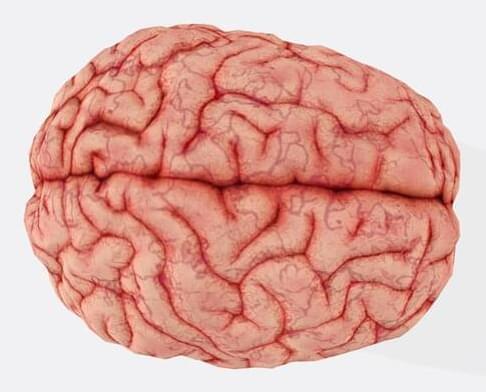More recently, digital twins have been the focus of a European Union-funded project that seeks to clone a patient’s entire brain. Dubbed Neurotwin, the research project aims to create virtual models that can be used to predict the effects of stimulation for the treatment of neurological disorders—including epilepsy and Alzheimer’s disease. When it comes to epilepsy, non-invasive stimulations (where electrical currents are painlessly delivered to the brain) have proven effective in tackling seizures. Given how drugs don’t help a third of epilepsy patients, the technology is coveted yet needs refinement. This is where virtual clones come in.
“The digital avatar is essentially a mathematical model running on a computer,” Giulio Ruffini, coordinator of the Neurotwin project, told WIRED. Including a network of embedded “neural mass models,” the technology hopes to create a map of the neural connections in the brain—a concept termed as the ‘connectome’. “In the case of epilepsy, some areas of the connectome could become overexcited,” the outlet mentioned. “In the case of, say, stroke, the connectome might be altered.” Once the digital clone has been created by the team, with about half an hour-worth of magnetic resonance imaging (MRI) data and ten minutes of electroencephalography (EEG) readings to capture electrical activities and realistically simulate the brain’s main tissues (including the scalp, skull, cerebrospinal fluid, and grey and white matter), it can then be used to optimise stimulation of the real patient’s brain.
According to Ruffini, this is possible “because we can run endless simulations on the computer until we find what we need. It is, in this sense, like a weather forecasting computational model.”









Comments are closed.